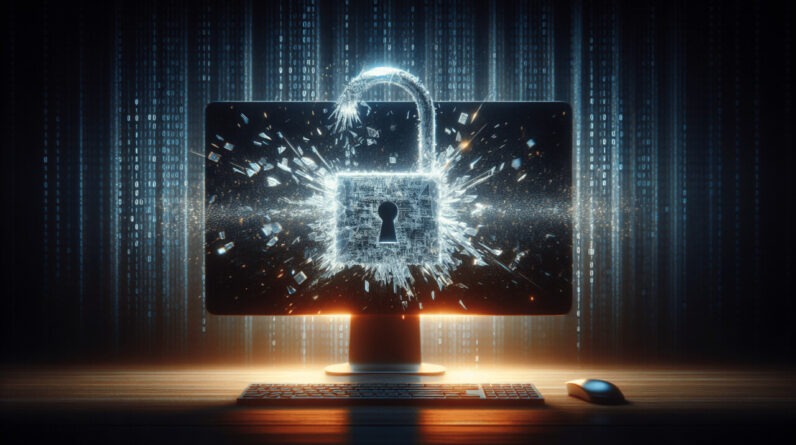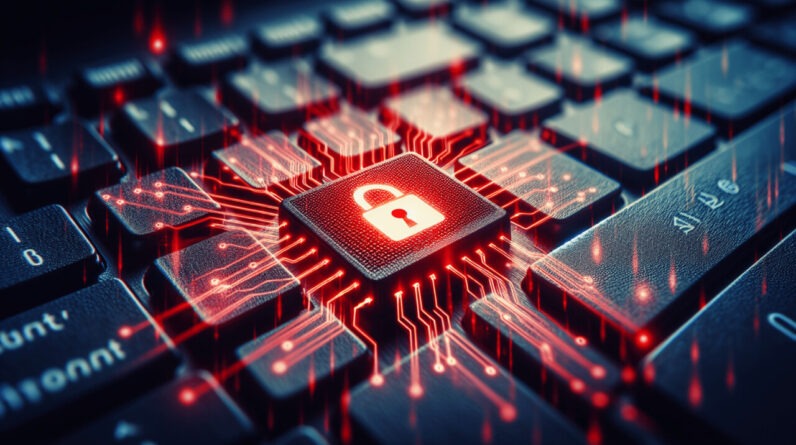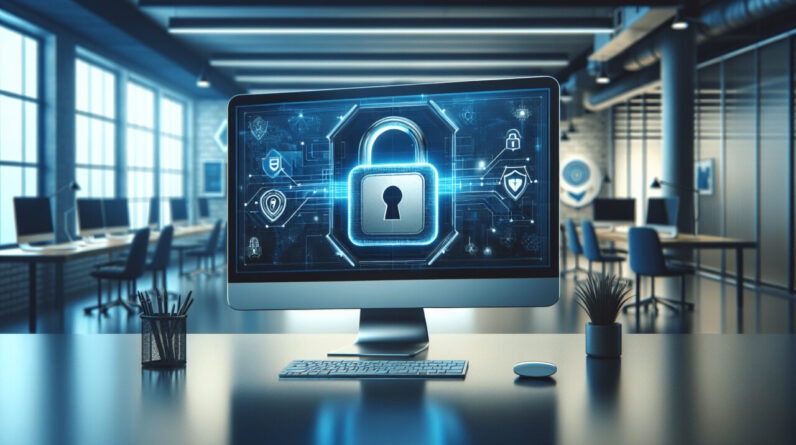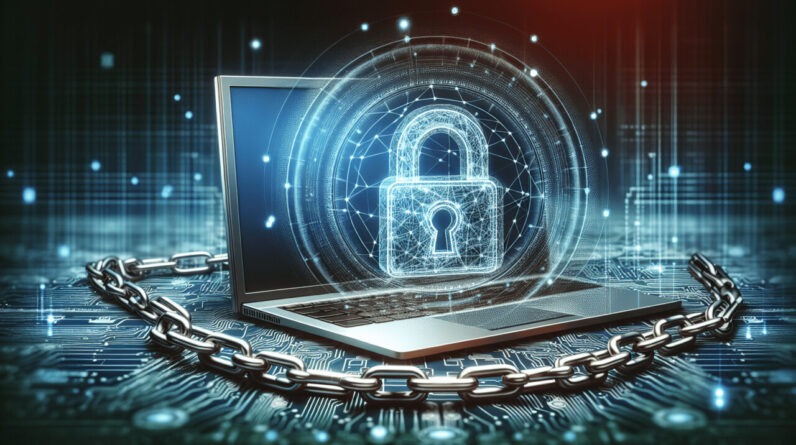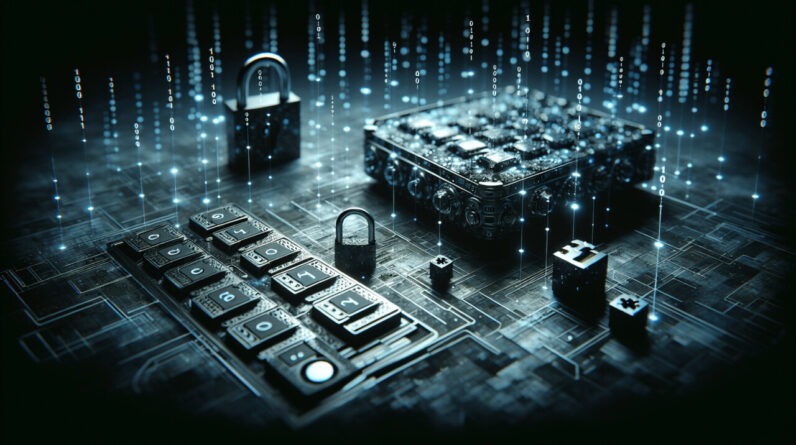
Have you ever wondered how secure your passwords really are? Most of us use passwords daily, but how many of us take the necessary steps to ensure they are safe? Password security is essential in today’s digital age, where breaches and hacks are becoming increasingly common. Let’s take a closer look at how you can maintain secure passwords and avoid potential breaches.
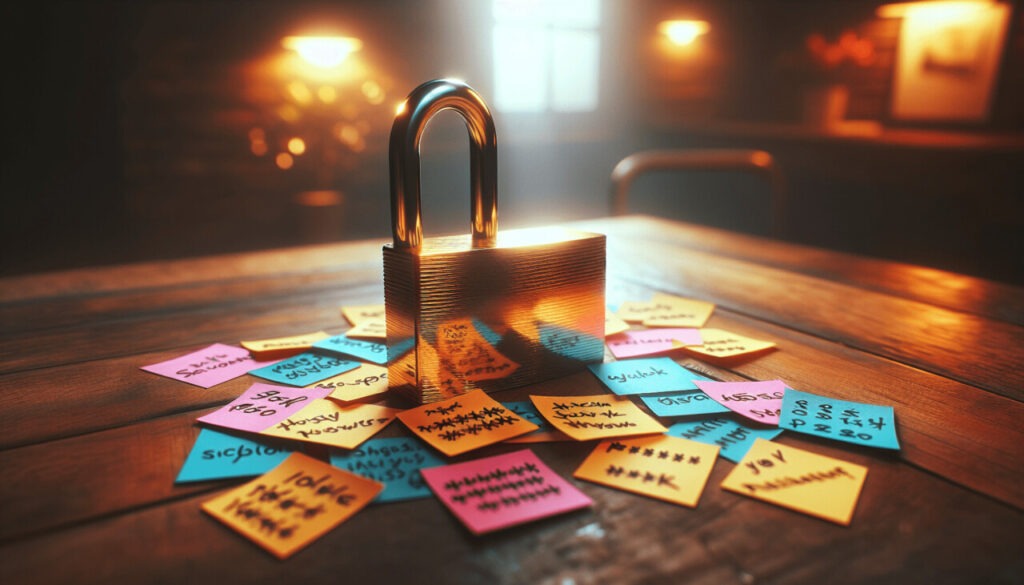
Table of Contents
Understanding the Importance of Password Security
When it comes to protecting your personal and financial information, passwords are your first line of defense. A password that is easy to guess can lead to unauthorized access to your accounts, identity theft, and a host of other problems. In short, investing time in creating and maintaining strong passwords is crucial to safeguarding your digital presence.
The Consequences of Weak Passwords
Using weak passwords can have severe consequences. Imagine someone gaining access to your email, social media, or online banking accounts. You could lose sensitive information, money, or even your reputation. The psychological stress that follows can be overwhelming, but the good news is that you can take proactive steps to improve your password security.
Characteristics of Strong Passwords
So, what makes a password strong? Creating a robust password involves a combination of length, complexity, and unpredictability. Here are some characteristics to consider:
Length
One of the simplest ways to enhance your password strength is by increasing its length. Ideally, a strong password should contain at least 12 to 16 characters. The longer the password, the harder it is to crack.
Complexity
A strong password should also include a mix of uppercase letters, lowercase letters, numbers, and symbols. For instance, using a password like “P@ssw0rd123!” offers more complexity than “password123.”
Unpredictability
Avoid using easily guessed information, such as names, birthdays, or common words. Passwords that include random combinations of letters, numbers, and symbols are less likely to be cracked.
Tips for Creating Strong Passwords
Creating strong passwords might feel like a daunting task, but with a few tips, you can make it easier and more effective.
Use a Password Manager
Password managers can simplify the process of creating and storing strong passwords. These tools generate complex passwords for you and store them securely, so you don’t have to remember every single one. With features like automatic password filling, you can save time while enhancing your security.
Avoid Reusing Passwords
It may be tempting to use the same password for multiple accounts for convenience, but this practice increases your risk. If one account is compromised, others may be as well. Always create unique passwords for each account you own.
Create Passphrases
Instead of a single word, consider creating a passphrase, which is a sequence of words or a sentence. For example, “PurpleElephantDances@Midnight!” is more secure than just a standard password. Passphrases can be easier to remember while still being complex.
Update Your Passwords Regularly
Changing your passwords every few months is a good habit. If any of your accounts are compromised, swiftly changing the passwords can prevent further unauthorized access. It’s a proactive step that adds another layer of security to your information.
Storing Passwords Safely
Once you’ve created strong passwords, it’s essential to store them safely. Here are some recommended practices for password storage.
Use a Password Manager (Again!)
As mentioned earlier, password managers not only help in generating passwords, but they also securely store them. Most of these tools offer encryption, ensuring that even if someone gains access to your device, your passwords remain protected.
Avoid Writing Passwords Down
While it might be tempting to jot down your passwords on a sticky note or in a notebook, this is a risk. If others can see your notes or if they get lost, your security can be compromised. It’s best to keep your passwords digital and encrypted.
Secure Your Devices
Ensure your devices are secure by using antivirus software, keeping your operating system updated, and avoiding public Wi-Fi for accessing sensitive accounts. The security of your passwords also relies heavily on the safety of your devices.
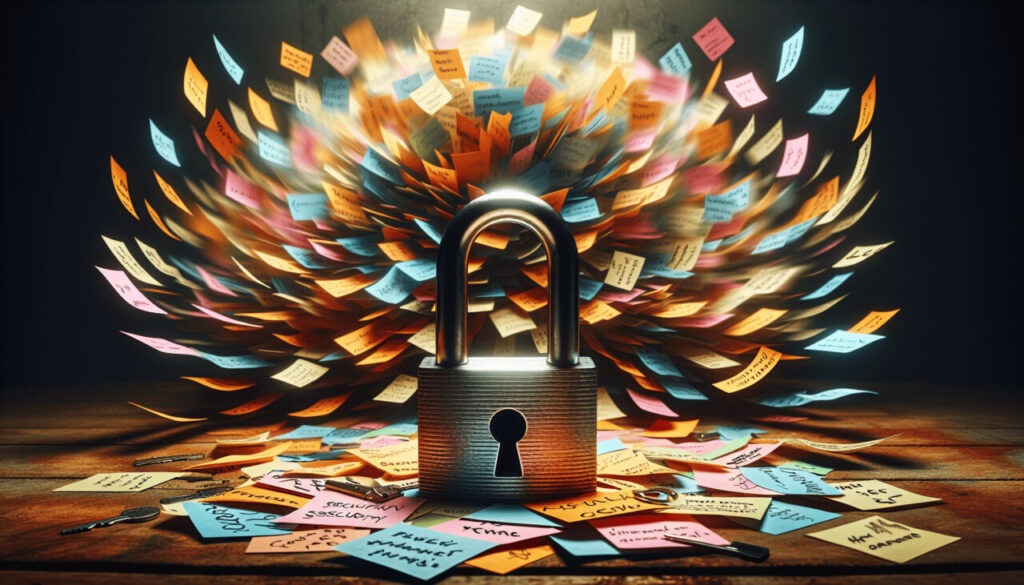
Enabling Two-Factor Authentication (2FA)
Adding an extra layer of security can make it significantly harder for hackers to gain access to your accounts. Two-factor authentication (2FA) requires not just your password but also a second piece of information, usually a code sent to your phone or email.
Why 2FA Is a Must
If someone attempts to log into your account, even if they have your password, they will also need the second factor to gain access. This additional requirement significantly decreases the chances of unauthorized access.
Setting Up 2FA
Setting up 2FA on your accounts is typically straightforward. You can usually find the option in the security settings of your account. Just follow the prompts to link your phone or authentication app to your account, and you’ll be taking a powerful step towards enhancing security.
Recognizing Phishing Attempts
Sometimes, despite your best precautions, hackers may still try to gain access through clever tricks. Phishing is a common method where attackers mimic legitimate companies to steal your personal information.
Identifying Phishing Scams
Be aware of suspicious emails, texts, or calls asking for your password or personal information. Look out for generic greetings, spelling errors, or odd URLs that don’t match the company’s official site. If something seems off, it’s always safer to double-check directly with the company.
How to Respond to Phishing Attempts
Never click on links or provide your information through suspicious communications. Instead, go directly to the official website of the company if you need to check an account or provide information.
Regularly Monitoring Your Accounts
Keeping an eye on your accounts can help you catch any suspicious activity early and take necessary actions before it escalates.
Check Account Activity
Regularly review your bank and credit card statements, email, and social media accounts for any unauthorized activity. Be vigilant and proactive, as early detection can help you address any issues quickly.
Use Alerts
Setting up alerts for account activity is another excellent way to stay informed. Many banks and services offer notifications for logins, withdrawals, or purchases. These alerts can alert you to potential issues as they arise.
Learning from Breaches
In the unfortunate event of a data breach, knowing how to respond can minimize potential damage.
What to Do if Your Account Is Compromised
If you discover that your account has been hacked, act quickly. Change your password immediately, enable 2FA if not already done, and notify the service provider of the breach. Also, monitor your accounts closely after the incident.
Assessing Damage
It’s also wise to check your other accounts for any unusual activity, especially if you used the same password elsewhere. This can help you identify other potential vulnerabilities quickly.
Encouraging Good Practices
Promoting good password habits, both for yourself and your family, helps create a safer online environment. Set a good example by practicing good password hygiene.
Educating Family Members
Talk to your family members about the importance of strong passwords and safe online practices. Sharing tips and experiences can create a culture of awareness in your household.
Regular Family Check-ins
Consider conducting regular checks on each family member’s passwords and practices. This not only fosters communication but also encourages everyone to stay vigilant about password security.
The Role of Corporate Responsibility
While individual practices are vital, corporate responsibility regarding their security measures is equally crucial. Companies must implement robust security systems to protect their customers’ data.
Understanding GDPR and Data Protection Laws
Laws like the General Data Protection Regulation (GDPR) have set standards for how companies must handle data. Familiarizing yourself with these regulations gives you a sense of what to expect from businesses regarding data protection.
Choosing Trusted Companies
When signing up for services, take the time to research and select companies with proven security measures. Look for those that prioritize customer data safety and have a solid reputation.
Conclusion
Password breaches are a reality in today’s online world, but you have the power to protect yourself. By understanding the importance of strong passwords, implementing suggested practices, and staying aware of the potential risks, you can significantly reduce your chances of falling victim to cyber threats.
Remember, your passwords are the gateways to your online life. Take the time to ensure they are robust, unique, and securely stored. By following these essential tips, you can contribute to your own digital safety and enjoy your online experiences with greater peace of mind. Always stay curious, proactive, and aware of the evolving landscape of password security!


